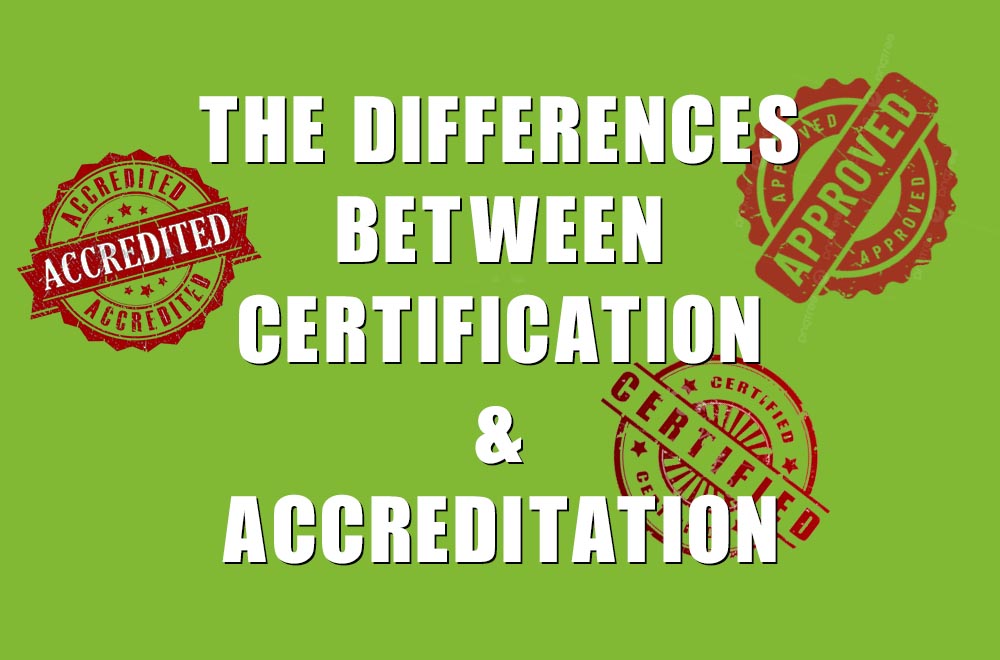We all know the importance of independent validation of the quality of a company – it helps to stay competitive and maintain reputation. But what’s the real difference between certification and accreditation, two words that are often used interchangeably?
Key distinctions between accreditation and certification
Certification is written confirmation by a third party that products, processes and services conform to specified requirements, as set out in a standard. It’s achieved through an audit process and confirmed in a written assurance.
Accreditation is a written assurance provided by a third party that is itself approved by the UK’s designated accreditation body; UKAS (United Kingdom Accreditation Service).
The ISO 9001 principles of quality management are incorporated into all accreditation standards. In distinction to non-accredited certification, accredited certification indicates technical competence and is specific to the activities covered under a particular standard, the scope of which is covered is listed on a schedule of accreditation.
The role of UKAS
UKAS (https://www.ukas.com/), is the UK’s national accreditation body. In addition to providing accreditation services, it also assesses whether certification bodies are meeting internationally recognised standards. Certification bodies may be accredited by UKAS in order to demonstrate their own credentials. This means they must show they meet certain criteria of competence, impartiality and integrity.
If a certification organisation has been accredited by UKAS, then the organisations audited by that certification body hold ‘accredited certification.’ If a regulator, client or prospective employer requests that a business is certified, they will likely be referring to accredited certification.
Ensuring accreditation relates to specific activities
Although accreditation is a reassuring sign of an organisation’s credentials in a given area, clients must be careful to check the schedule of accreditation to ensure that a particular activity is covered by the accreditation. For example, a company that has ISO 17025 accreditation for testing and calibration laboratories may only hold accreditation in relation to a particular type of testing. The schedule will confirm the exact scope of the accreditation.
What are the benefits of accreditation and certification?
Both certification and accreditation provide assurances that the requirements of a particular standard ‘are’ being met. Just as standards help to improve efficiency by preventing parties to a contract from having to establish rules of good practice for each project, accreditation and certification enable government and regulatory bodies to avoid expensive and time-consuming checks and assessments.
Accreditation and certification provide reassurance that best practice in key areas such as safety, environmental protection and sustainability will be met without the need for additional monitoring and scrutiny. This controls risk, reduces cost, minimises technical barriers to trade and helps to maintain quality.
Next steps to certification
The process of gaining accredited certification starts with first following the requirements of the standard or framework that’s desired to be implemented and then a suitable certification body can be selected. A review process will ensue to establish that the appropriate measures and practices are in place and that they have been implemented and are being followed. Once achieved, certification and accreditation are an award that will demonstrate to stakeholders and potential clients that the best industry practices are being followed and that industry wide recognition has been achieved.





